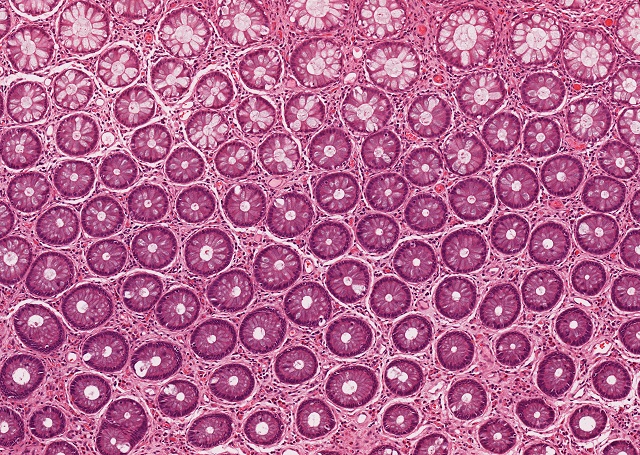Feb 16 2016
Regenerative medicine scientists from Wake Forest Baptist Medical Center have used a unique 3D printer to the feasibility of printing live tissue structures as a replacement for diseased or injured tissues in patients.
 Image Credit - AkeSak/Shutterstock.com
Image Credit - AkeSak/Shutterstock.com
Based on a report published in Nature Biotechnology, the scientists explained that they have printed muscle, bone and ear structures. When these structures were implanted in animals, they grew into functional tissue and created a system of blood vessels. These initial results show that the structures are capable of being used in humans as they demonstrate the appropriate strength, size and function.
This novel tissue and organ printer is an important advance in our quest to make replacement tissue for patients. It can fabricate stable, human-scale tissue of any shape. With further development, this technology could potentially be used to print living tissue and organ structures for surgical implantation.
Anthony Atala, M.D., Wake Forest Institute for Regenerative Medicine (WFIRM)
Atala’s team aims to implant patients with bioprinted bone, cartilage and muscle in the near future. This work will be supported by the Armed Forces Institute of Regenerative Medicine, which aims to fund research work that applies regenerative medicine to injuries caused in battlefields.
Tissue engineering seeks to solve the scarcity of donated tissues available for transplants. The accuracy of 3D printing means it is considered to be the most suitable method to replicate the complex organs and tissues of the body. However, the printers currently used are based on laser-induced forward transfer, extrusion, and jetting, and are unable to develop structures with the required strength and size to be implanted in the body.
Scientists at the Institute for Regenerative Medicine developed the Integrated Tissue and Organ Printing System (ITOP) that was able to overcome these challenges. The system deposits both plastic-like and bio-degradable materials to create the shape of the tissue and the water-based gels containing the cells. A temporary and firm outer layer is also developed. The cells are not damaged by the printing process.
One significant challenge of tissue engineering is to ensure that the implanted structures live for a period of time long enough to allow them to be integrated into the body. This was addressed in two different ways by the Wake Forest Baptist scientists. First, the scientists optimized the water-based ink containing the cells to enhance cell growth and health. Next, the scientists printed a lattice of micro-channels all through the structures. These channels help the oxygen and nutrients from the body to spread into the structures, enabling the structures to live as they form a system of blood vessels.
Previous studies prove that tissue structures without ready-made blood vessels need to be smaller than 200 µm for the cell to live. In these studies, a ear structure measuring 1.5” remained alive and also exhibited vascularization signs after one and two months of implantation.
Our results indicate that the bio-ink combination we used, combined with the micro-channels, provides the right environment to keep the cells alive and to support cell and tissue growth.
Anthony Atala, M.D., Wake Forest Institute for Regenerative Medicine (WFIRM)
The ITOP system is capable of using data from MRI and CT scans to customize tissues based on individual patient requirements.
The competence of the ITOP system has been demonstrated with multiple proof-of-concept experiments. Human-sized external ears were printed and implanted under the skin of mice, to prove that ITOP is capable of generating complex 3D structures. After a period of two months, the implanted ear’s shape was well-maintained and blood vessels and cartilage tissue had developed.
Human stem cells were used to print jaw bone fragments to highlight the construction of a human-sized bone structure. The fragments matched the shape and size requirements for facial reconstruction in humans. Rats were implanted with printed segments of skull bone to analyze the maturation of bioprinted bone in the human body. After a period of five months, vascularized bone tissue was developed by the bioprinted structures.
Current studies focus on measuring longer-term outcomes.
The study was partially supported by funds from the Defense Threat Reduction Agency (N66001-13-C-2027), the Telemedicine and Advanced Technology Research Center at the U.S. Army Medical Research and Material Command (W81XWH-07-1-0718), and the Armed Forces Institute of Regenerative Medicine (W81XWH-08-2-0032).
Co-authors include Hyun-Wook Kang, Ph.D., Sang Jin Lee, Ph.D., Carlos Kengla, B.S., and James Yoo, M.D., Ph.D., Wake Forest Baptist.